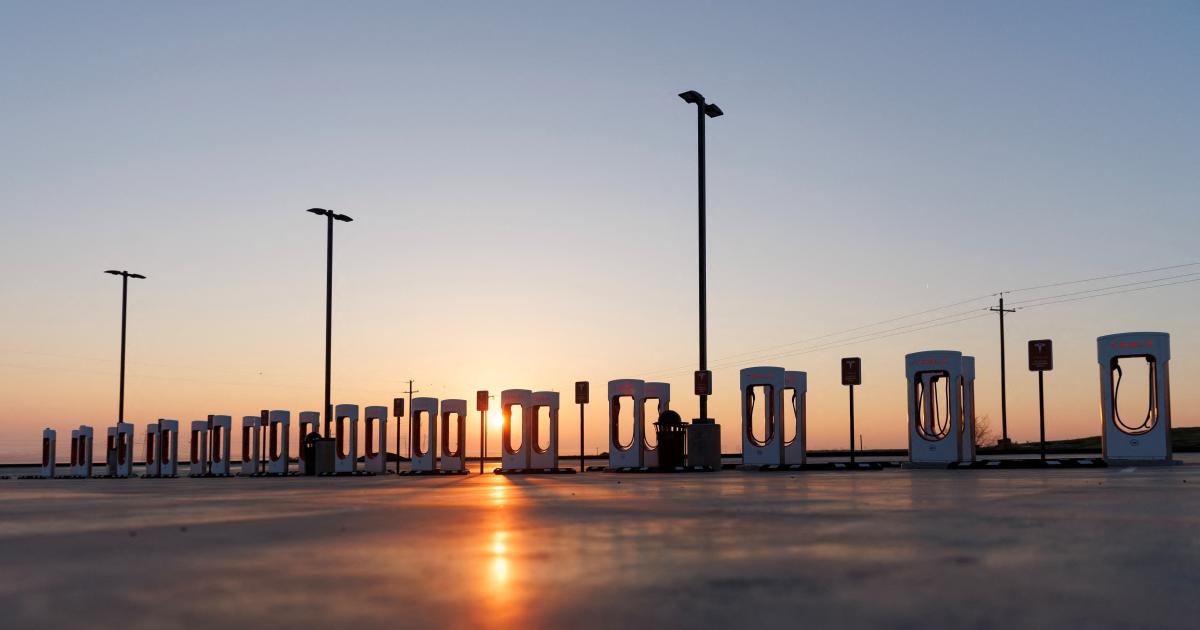Nycturne
Elite Member
- Joined
- Nov 12, 2021
- Posts
- 1,681
There is. If you’re a charger network and get US funding, it’s CCS for you. The problem is that CCS is sucky (both from a form factor and a convenience perspective), and this is like when the EU mandated that everything use micro-USB.
What's the convenience perspective issue with CCS?




/cdn.vox-cdn.com/uploads/chorus_asset/file/24738998/IMG_1082.jpeg)


